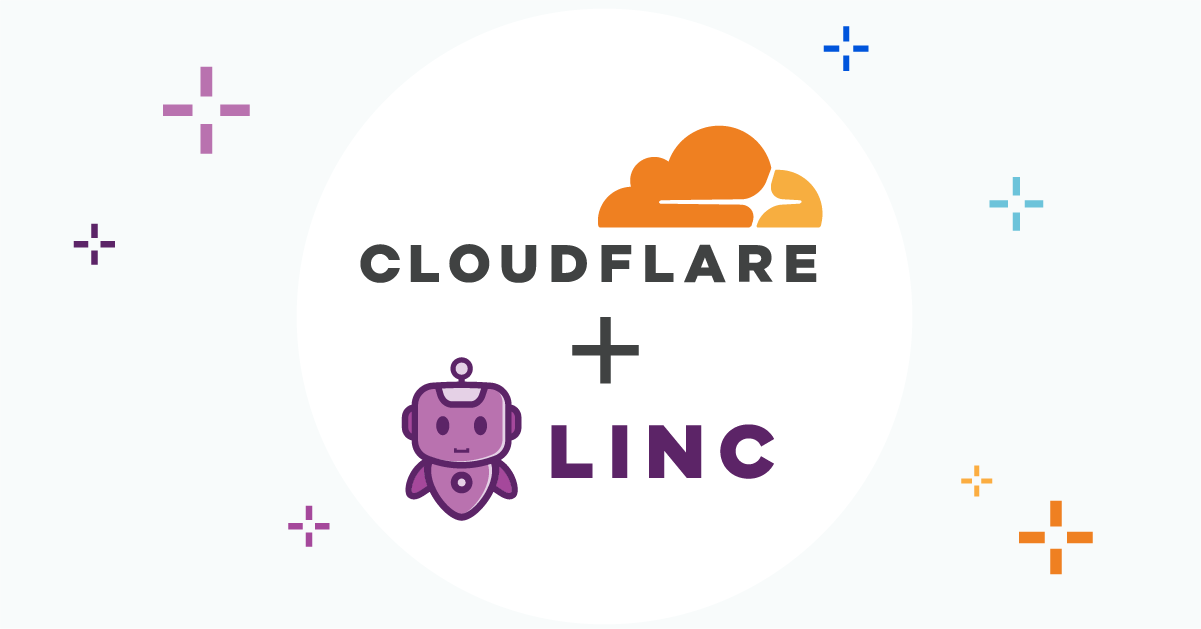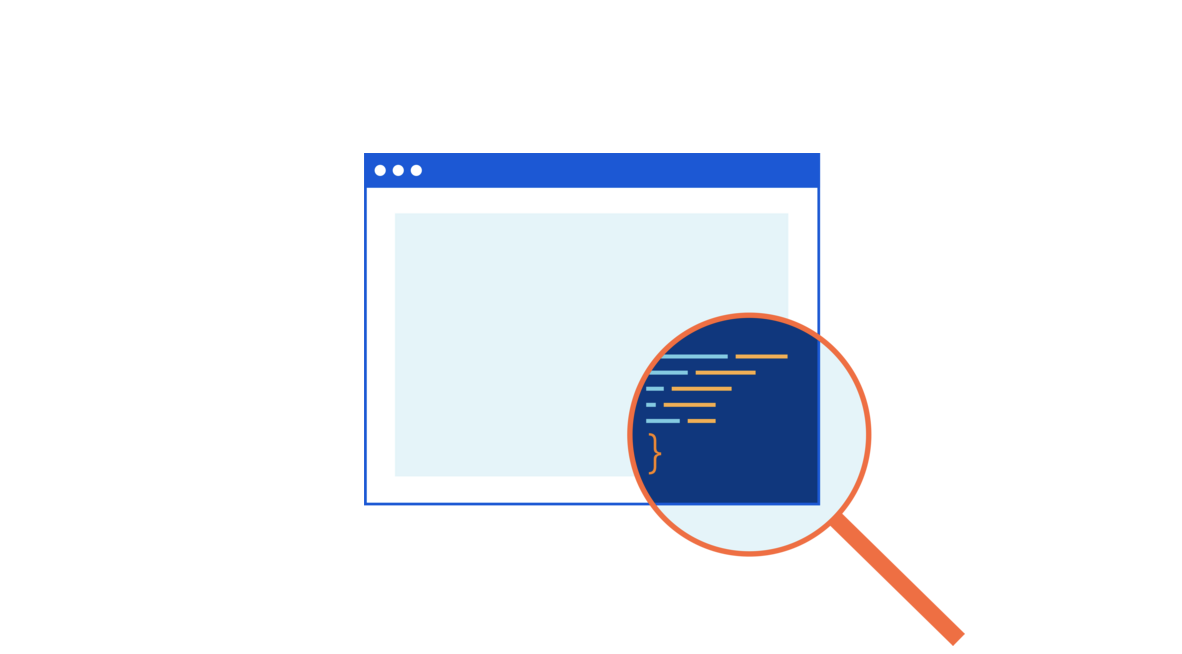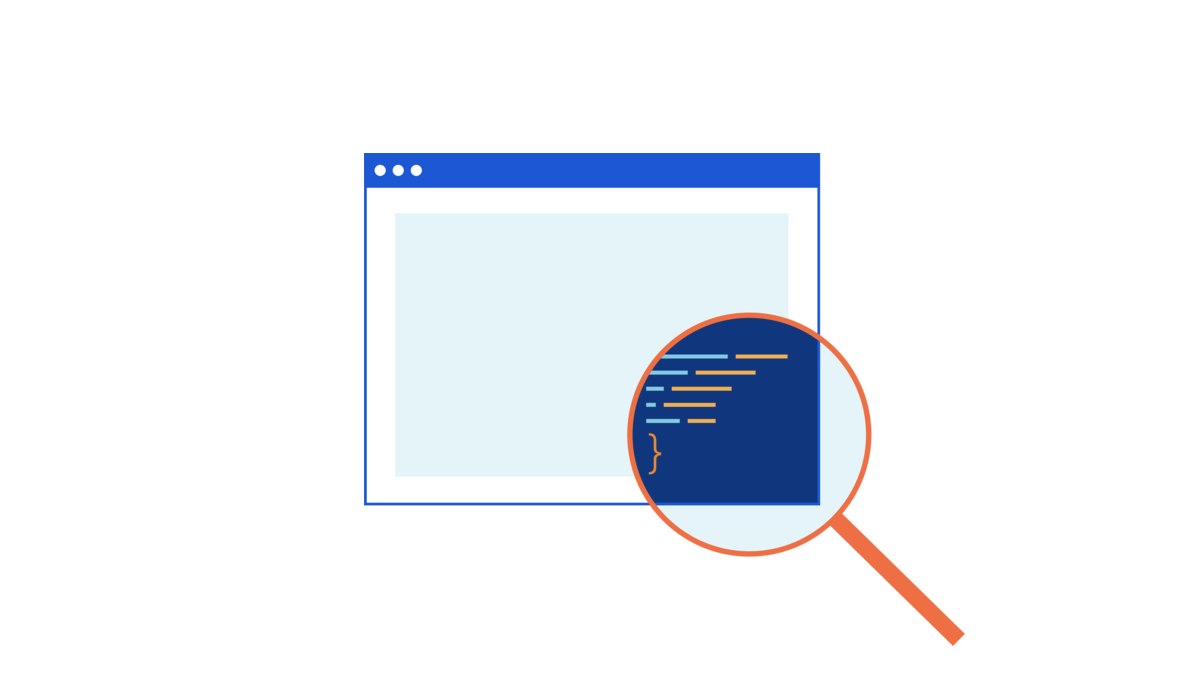Closing Out 2020 with More Innovation for Developers
Recently our CEO Scott Johnston took a look back on all that Docker had achieved one year after selling the Enterprise business to Mirantis and refocusing solely on developers. We made significant investments to deliver value-enhancing features for developers, completed strategic collaborations with key ecosystem partners and doubled down on engaging its user community, resulting in a 70% year-over-year increase in Docker usage.
Even though we are winding down the calendar year, you wouldn’t know it based on the pace at which our engineering and product teams have been cranking out new features and tools for cloud-native development. In this post, I’ll add some context around all the goodness that we’ve released recently.
Recall that our strategy is to deliver simplicity, velocity and choice for dev teams going from code to cloud with Docker’s collaborative application development platform. Our latest releases, including Docker Desktop 3.0 and Docker Engine 20.10, accelerate the build, share, and run process for developers and teams.
Higher Velocity Docker Desktop Releases
With the release of Docker Desktop 3.0.0, we are totally changing the way we distribute Docker Desktop to developers. These changes allow for smaller, faster Docker Desktop Continue reading








